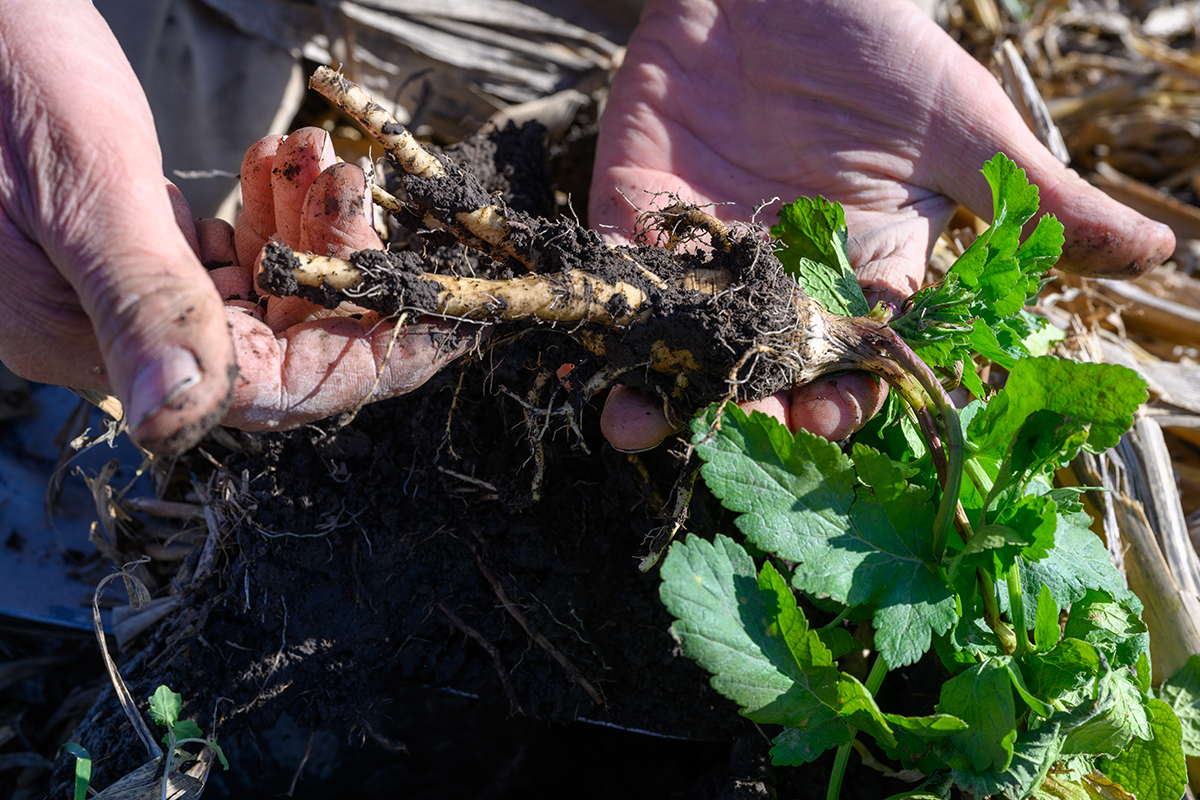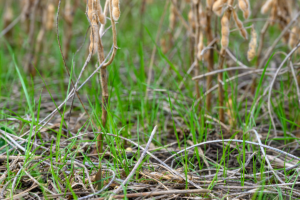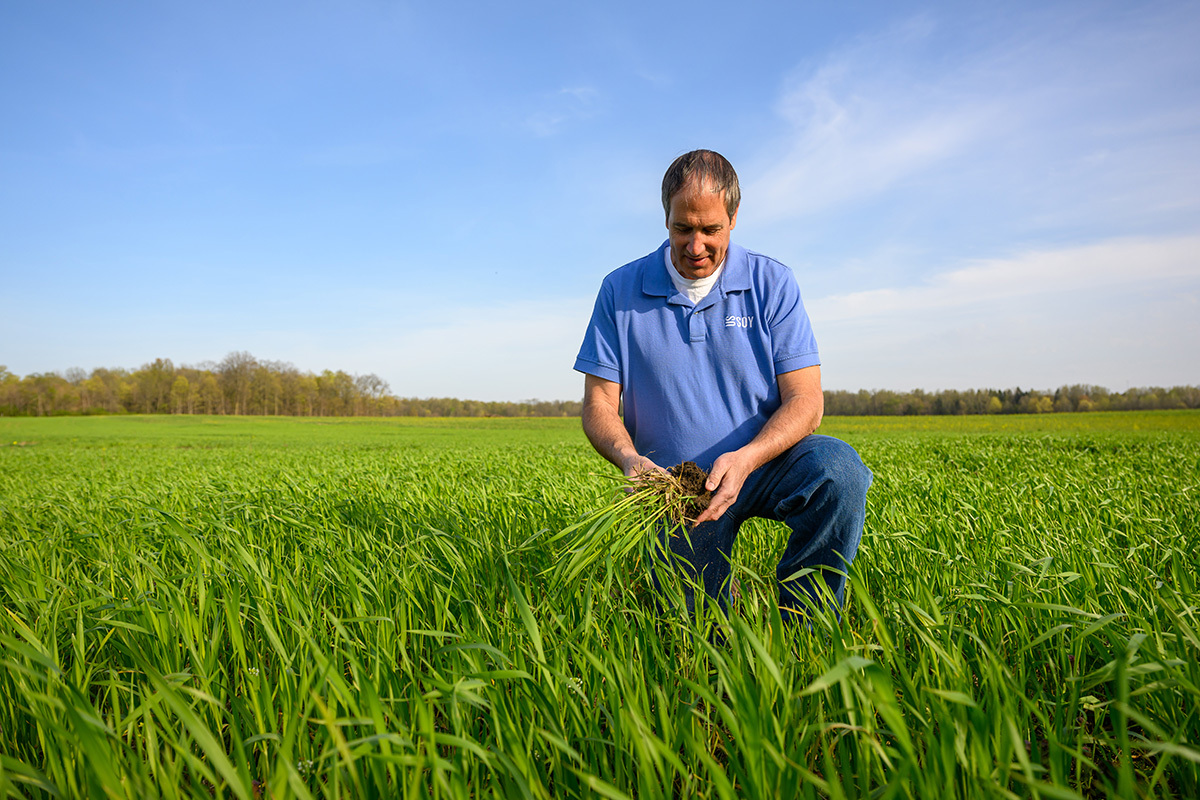Wisconsin Farmer Shares Cover Crop Success

The following is article three in a three-part series on cover crop implementation and management strategies. You can read previous articles in the series by clicking here.
Soybean farmers understand the importance of maximizing yields while preserving the soil health of their fields. Nancy Kavazanjian, a soy checkoff farmer-leader from Beaver Dam, Wisconsin, is an advocate for using cover crops on her farm.
“About 20 years ago, we started using cover crops before most farmers even thought about it. Our operation grows a rotation of soybeans, corn and wheat. Initially, we started by planting tillage radishes,” said Kavazanjian. “These days we are more likely to now use a mixture of tubers, clovers and small grains as cover crops after our July wheat harvest. We are in a northern climate, so when we can get them planted and it rains, they usually work well for us. When we get cover crops planted and well established, we see value in how they protect and help improve our soils.”

Soybean farming relies heavily on healthy soils, and cover crops play a vital role in enhancing soil health. The roots penetrate the soil, improving its structure and promoting better water infiltration. Soybean fields are vulnerable to soil erosion due to their open canopy during early growth stages. However, cover crops offer an effective solution to this challenge. “We get more frequent heavy rains, and erosion is an issue for us. With cover crops, we see that our fields are better able to handle that and minimize our valuable soil washing away,” said Kavazanjian.
Weeds are also a significant threat to soybean crops, competing for resources and reducing yields. If managed effectively, cover crops provide an excellent tool for weed suppression. Their off-cycle growing period from the cash crop provides dense growth and the shading effect helps suppress weed germination and growth, reducing the need for herbicides.
“By incorporating cover crops into our rotation, we can effectively manage weed pressure and minimize the risk of yield loss. This not only saves us time and money spent on herbicides, but also contributes to a more sustainable and environmentally friendly farming system,” said Kavazanjian.
Cover crops can be a tremendous asset to soybean farm operations. They contribute not only to soil health improvement, but also erosion control, weed suppression and nutrient management. By integrating cover crops into farming practices, farmers can optimize yields, reduce input costs, and create a sustainable and resilient farming system.
“Let’s embrace the benefits of cover crops and cultivate a future of thriving soybean farms, because everything we do impacts our crop quality. We take great care to make sure that we do things right — not simply right for our yields but also right for the harvested crop and for the environment,” said Kavazanjian. “Cover crops are good, especially if you invest time to properly manage them, we see lots of benefits from cover crops.”



